As if the excitement of the Christies London Transport Museum sale wasn’t enough, there are now a whole slew of auctions pressing for our attention. So many that I might not get them all into one post. Shall we break ourselves in gently with an easy one?
PosterConnection in the US tell me that they are holding a sale in the Holiday Inn Express (near Fishermans Wharf) in San Francisco. But there are only a very few British posters to detain us. My personal favourites are this pair of airline posters.
One thing that I left out of my earlier musings about blue skies and airline posters was how early most of them are – they tend to date from the late 1940s and early 1950s in the main. I wonder whether this is because the airlines – who brought in essential foreign revenue to put against the war debt – were allowed to advertise in a way that other, domestic businesses were not. This might also explain why so many of these posters survive; they must have seemed to be dazzling pieces of modern design at a time when pretty much every other poster advertised the government. Glamorous in short.
Henrion also gets another look in with this Punch poster.
Although this does rather prove that other posters were available then. Must research this more.
Finally, there is a Rowland Hilder, which ought to be exciting, except that it’s a National Savings Poster, and it turns out that the natural dreariness of National Savings posters drains the spirit from even an artist like Hilder.
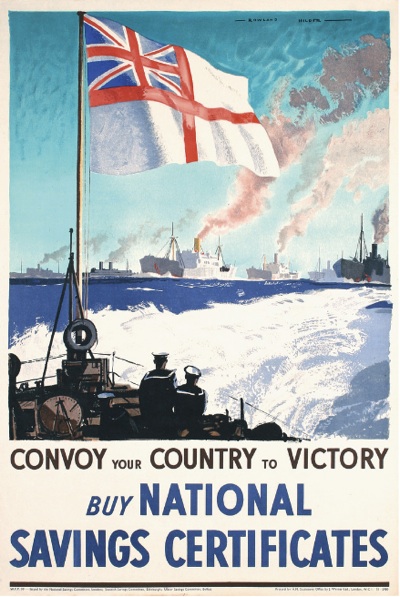
Rowland Hilder, 1942, est $360
Why were National Savings posters so mediocre? I do not know the answer to this.
There are a few other odds and ends of interest in there, including a few late McKnight Kauffer’s, but generally the rest is foreign, and therefore outside my remit.
The November Christies Sale is a similar miscellany, in fact they seem to have got enough lots to produce a second sale by merging posters and film posters. But I don’t mind, because this means that for once I haven’t missed these two film posters.
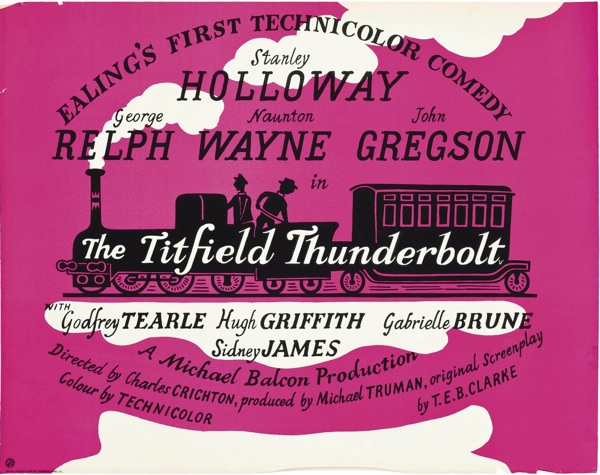
Edward Bawden, 1953, £800 – £1,200
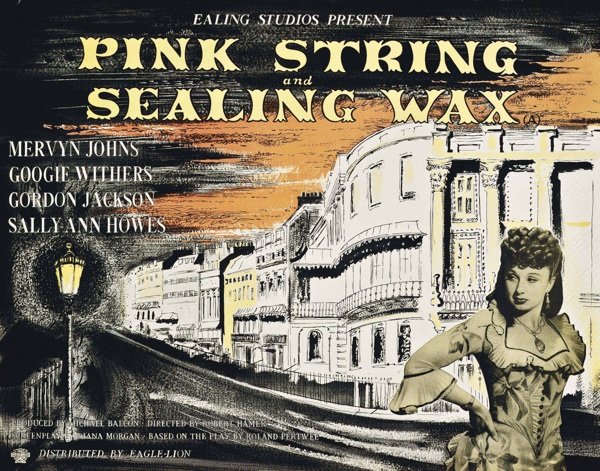
John Piper, 1945, est. £800 – £1,200
Sidney James indeed.
Other than that, the line-up consists of the usual suspects. There are airline and tourism posters from around the world, including a few rather fine examples by David Klein.
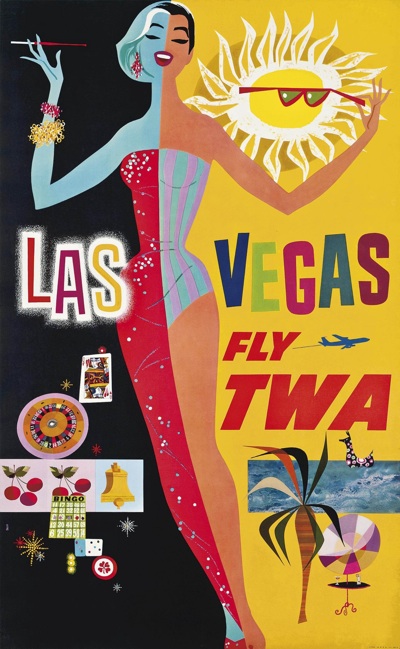
David Klein, 1963, est. £800 – £1,200
Along with the Abram Games design for Jersey.
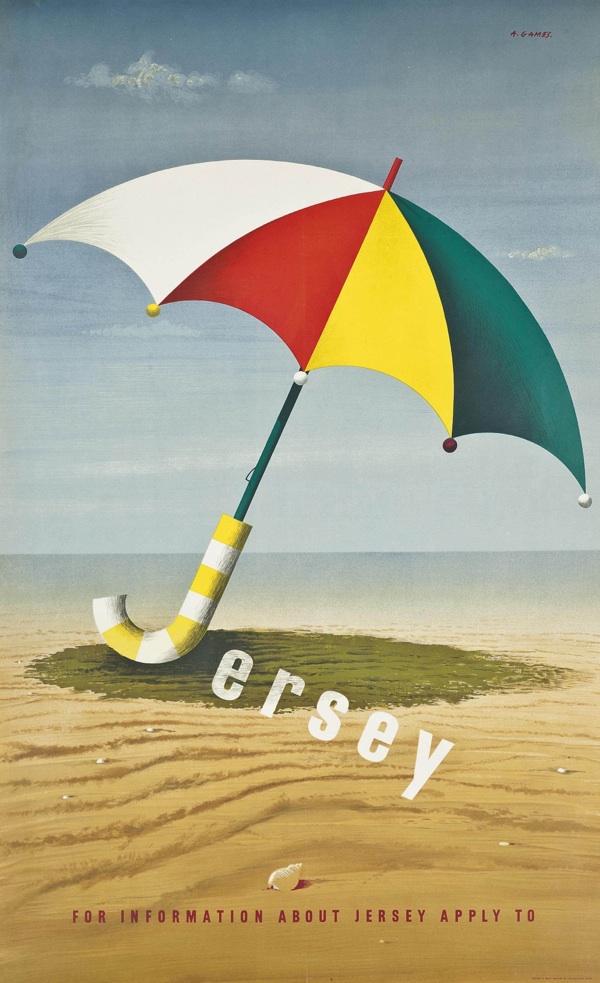
Abram Games, 1951, est. £1,000 – £1,500
Also available is the usual heap/selection/motley assortment of railway posters (choose appropriate noun to suit your own point of view) of landscapes, seaside scenes and Terence Cuneo trains. But also one or two quirkier ones. There are a small selection of 1930s Southern posters which are not so much modernist as Art Deco; my favourite is, I think, this Pat Keely.
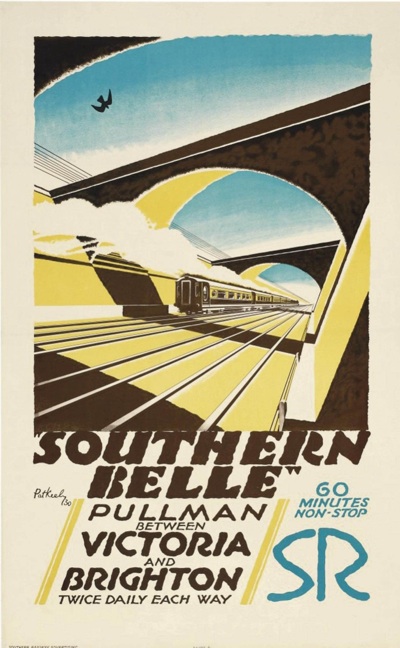
Pat Keely, 1930, est. £1,800 – £2,200
There on the other hand it might be this Edmund Vaughan.
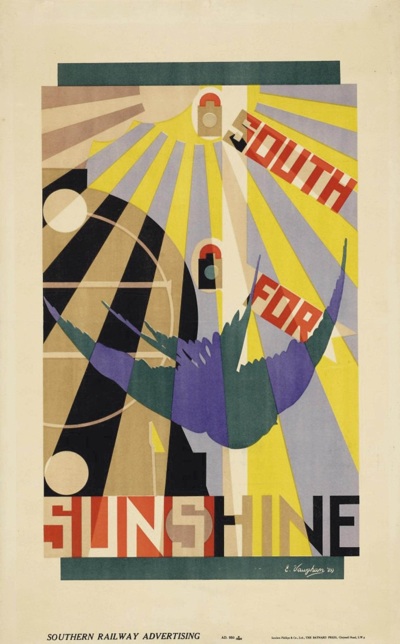
Edmund Vaughan, 1929, est. £3,000 – £5,000
There is a Frank Newbould of Devon which is another contender for most psychedelic pre-war poster.
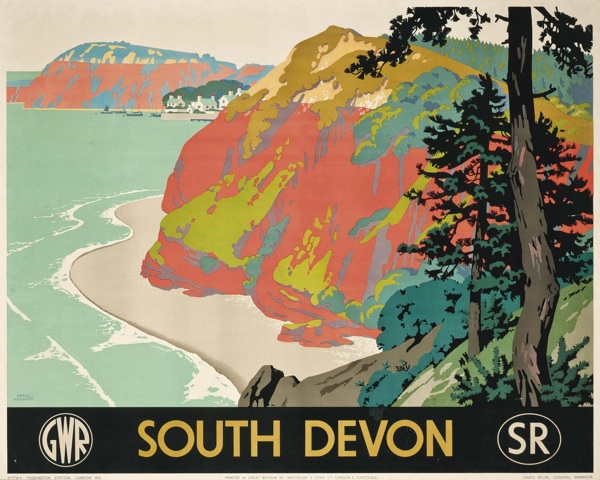
Frank Newbould, 1946, est. £1,200 – £1,800
There is also this, which Mr Crownfolio dug out of an archive the other day, after I’d gone on about women looking at posters of holidays.
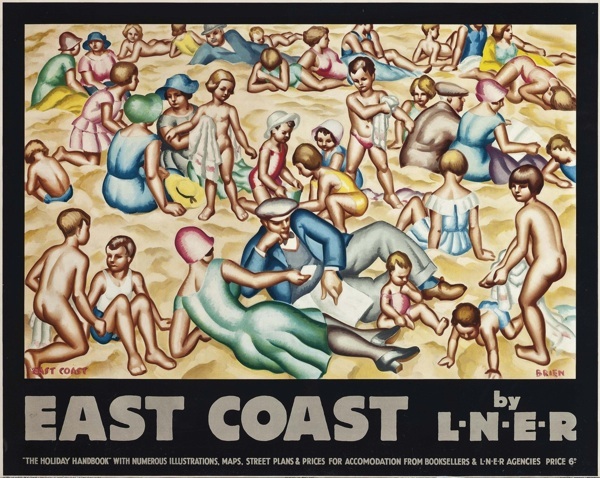
Stanislaus G. Brien, est. £2,000 – £3,000
I’m not sure what I make of it really, except to think that the beach is rather too crowded to be entirely desirable. Any thoughts anyone?
As well as railway posters, there are a very few London Transport posters in the sale. I’ll have this, please, albeit not for that price.
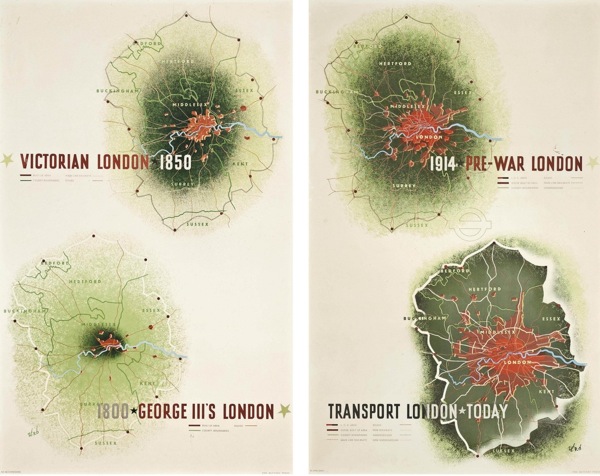
Zero, 1936, est. £800 – £1,200
Pleasingly, there are even a few Shell posters too. I feel as though I haven’t seen any for ages.
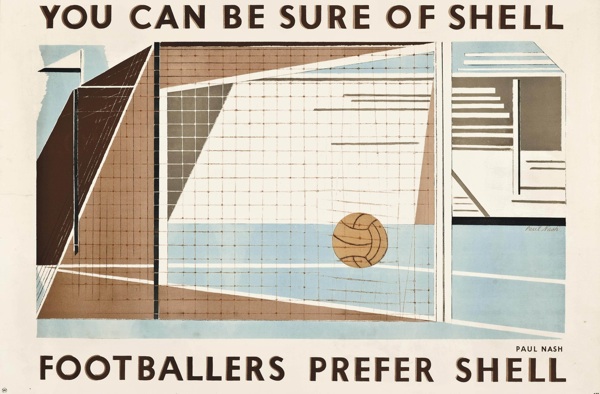
Paul Nash, 1936, est. £2,000 – 3000
Finally, there are a few oddities. Inevitably, this is what I find interesting. Most notable are this Reginald Mount, dating from the post-war continuation of lots of government posters giving you advice on almost everything.
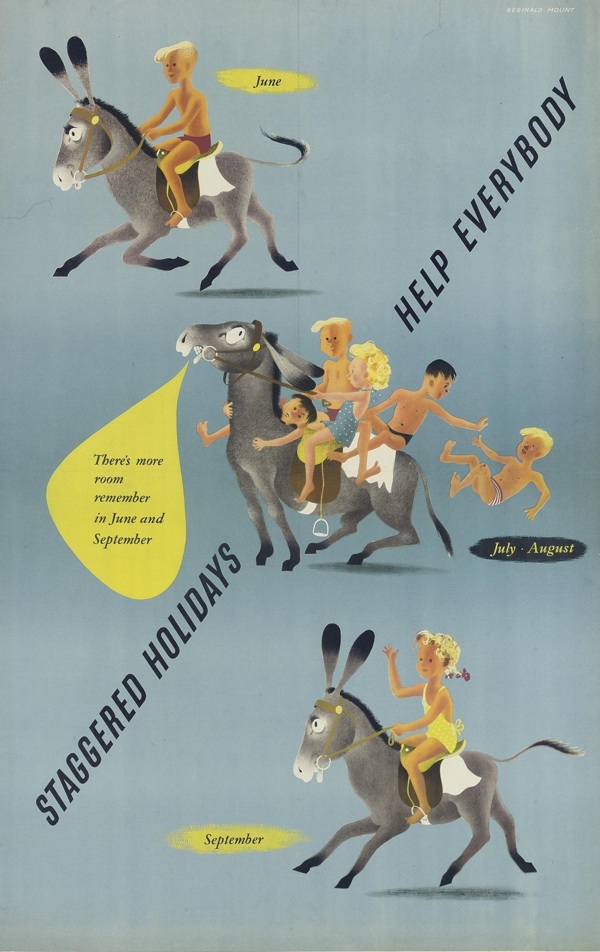
Reginald Mount, 1951, est. £600 – £800
Then there’s this Abram Games, rare for being an example of a commercial poster in the wild. Oh and a classic piece of poster design too.
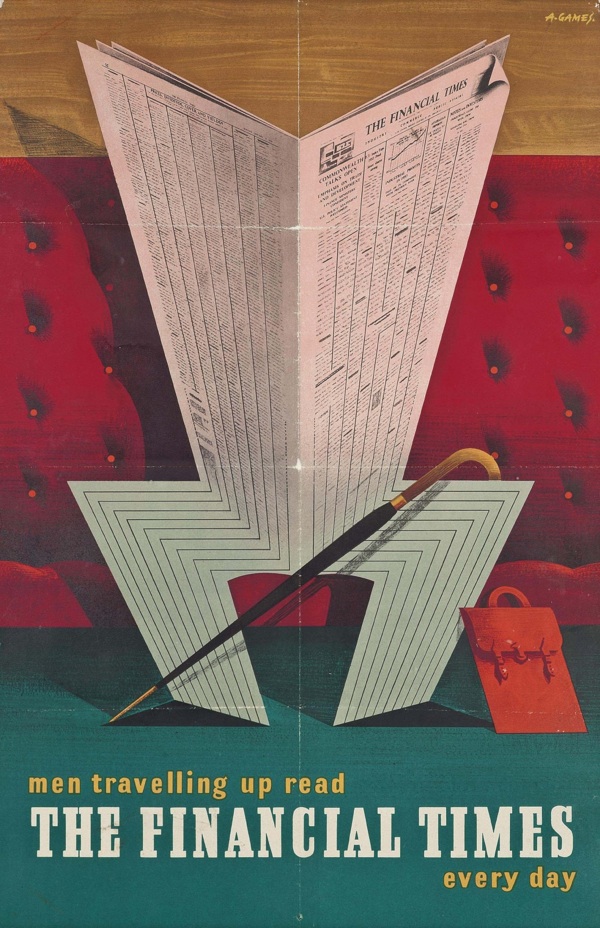
Abram Games, 1955, est. £800 – £1,200
Finally, there is this McKnight Kauffer, which wins by being a double dose of modernism – his design advertising modernist architecture on display.
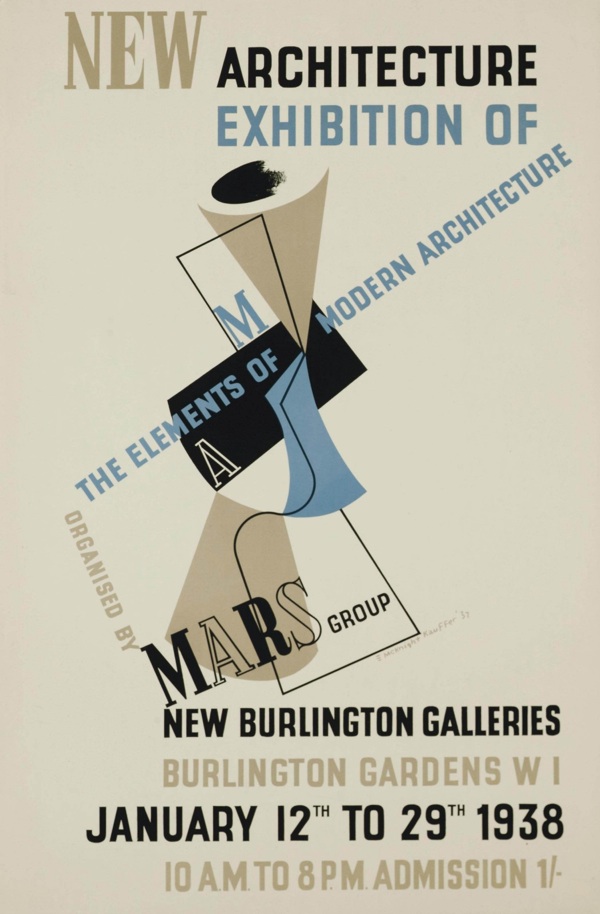
McKnight Kauffer, 1938, £800 – £1,200
If there aren’t a load of architects fighting furiously over that one, something has gone wrong with the world.
Note I haven’t said anything about the estimates, mainly because after the last sale I have no idea at all. Please do leave a comment in the box below if you do have any thoughts though, it would be much appreciated.
That’s probably as much as any of us can stand in one post, so I will return tomorrow or the next day with some more. Bet you can’t wait.
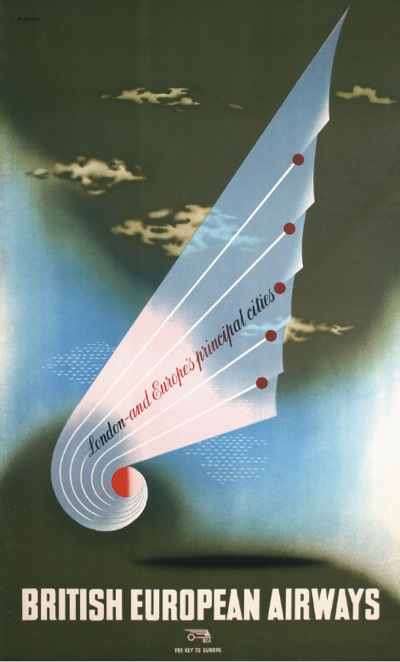
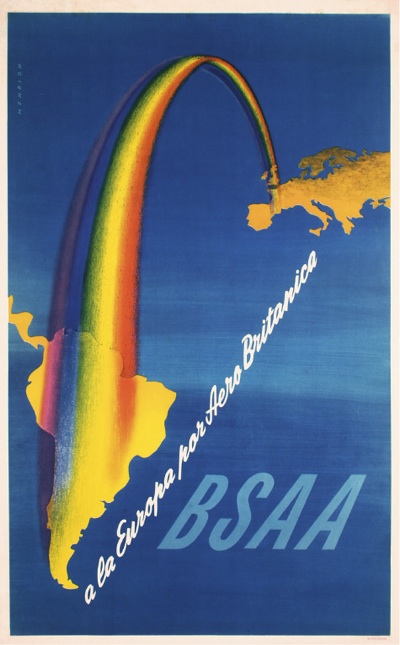
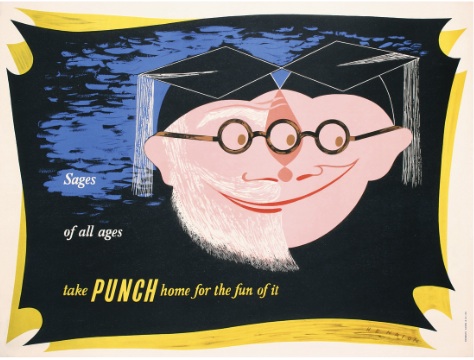
The Stanislaus Brien poster is certainly weird. For some reason it reminds me of folded intestines.
Anyway, thanks for pointing out the Abram Games Airline poster – I’ve not seen that before, although it may feature in Oliver Green’s newish BA poster book.
With regard to estimates, Christies seems to be in a league of its own right now so I’ve no doubt prices will reach the desired reserves. Increasingly, though I’m coming to the conclusion that posters are not as rare as we might be led to think given the number and variety that routinely come up for auction. If this is the case, are we in danger of a huge collapse in value ?
David Bownrs
It is a bit off-putting, isn’t it? But I suppose we should at least appreciate it for being modern in the style of Leger, etc. That effect must have been very hard to produce with lighography (I am mentally comparing it here with the flat planes of a Tom Purvis East Coast poster here).
Interesting thought about rarity. I don’t know, is the short answer, but I could imagine there is a cycle where prices rise, which then in turn brings more stock out of attics/plan chests and even archives. Then the price falls back from over-supply for a while until the cycle starts up again.
I think something like this did happen with post-war posters round about 2000, when rising prices (and I suspect key figures getting older as well) meant that quite a few artists’ collections were sold. i know that Onslows sold a few, and Royston Cooper’s widow sold a set of posters at Christies. That was about the peak for those kinds of posters (something I must write about one of these days) and prices have definitely dropped back since then. But my bet would be that they will rise in the long term.
The other side of the argument, though, is that it is the posters with the greatest supply which are the most collectable – e.g. Guinness posters versus coach posters. There needs to be enough supply to create a market in the first place.
Its interesting to compare the Brien poster with another produced for the LNER around the same time, similar subject, but a rather different style.
http://collectionsonline.nmsi.ac.uk/detail.php?type=related&kv=230847&t=objects
For those interested, the Southern Belle was the predecessor of the much lamented Brighton Belle. The old steam hauled stock was replaced by brand-new electric multiple units in 1933, and the service was renamed ‘Brighton Belle’ in 1934. Several of the carriages are still running as part of the VSOE British Pullman, and the 5BEL Trust is currently restoring a complete train, complete with the electric driving cars.
I’m rather surprised at the 2-colour Bawden poster. It seems strange to do such a thing as well as the multi-coloured version that they issued: http://wwwbooksandthingscouk.blogspot.co.uk/search/label/EDWARD%20BAWDEN%20POSTERS. Perhaps it was done for a later re-issue of the film?
The LNER did seem to be going through a period of design experimentation in the early 1930s, didn’t they. Perhap I’ll have a proper investigate one of these days, although I would have to read a few books first.
William and Martin, thank you, we’re well outside what I know about in terms of both trains and film posters. But yes, the other Bawden poster is infinitely preferable, isn’t it.